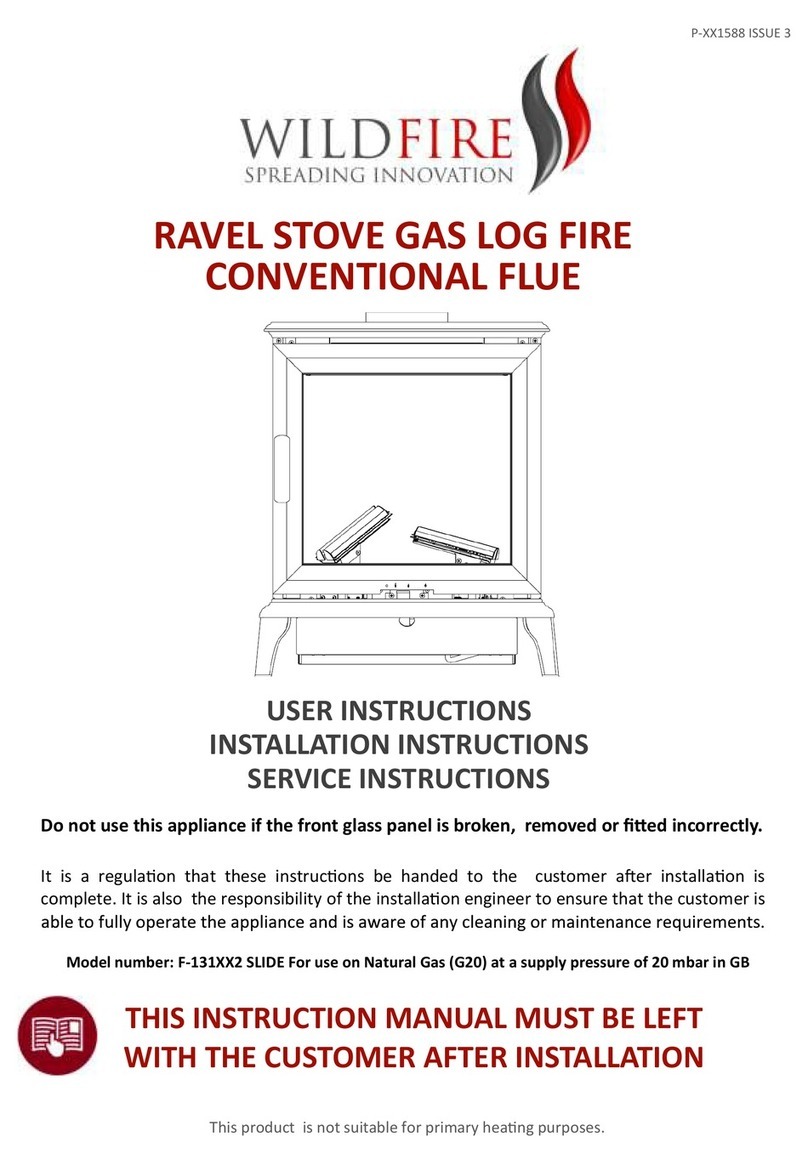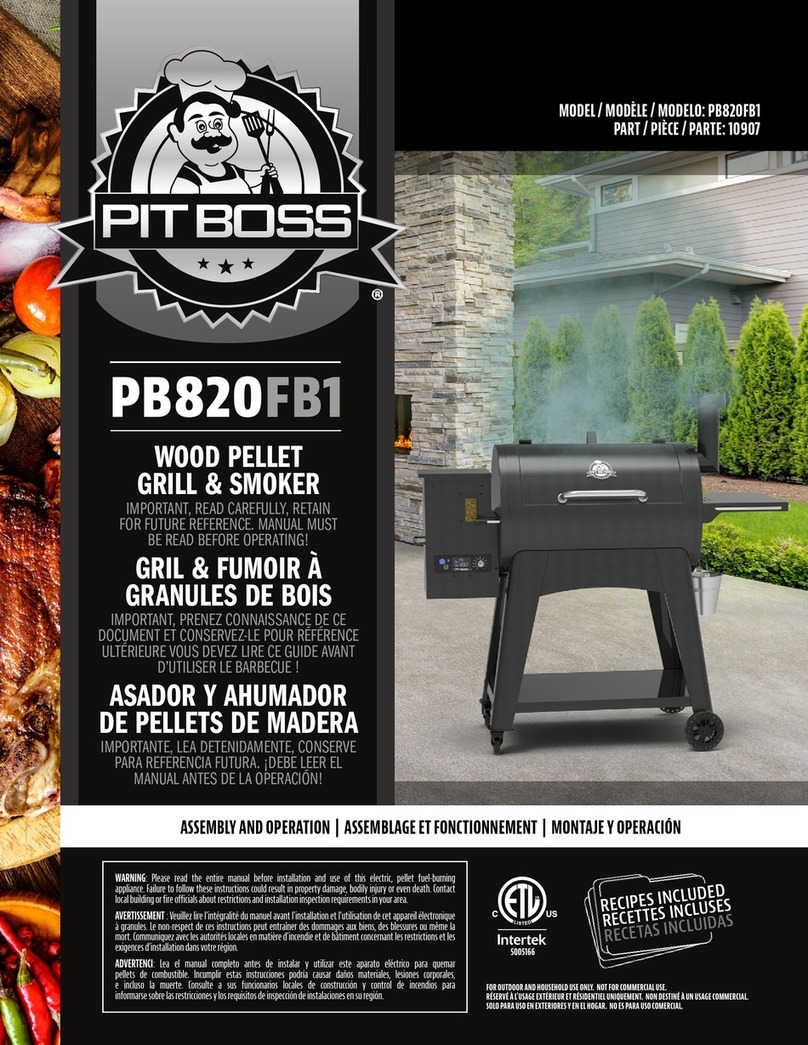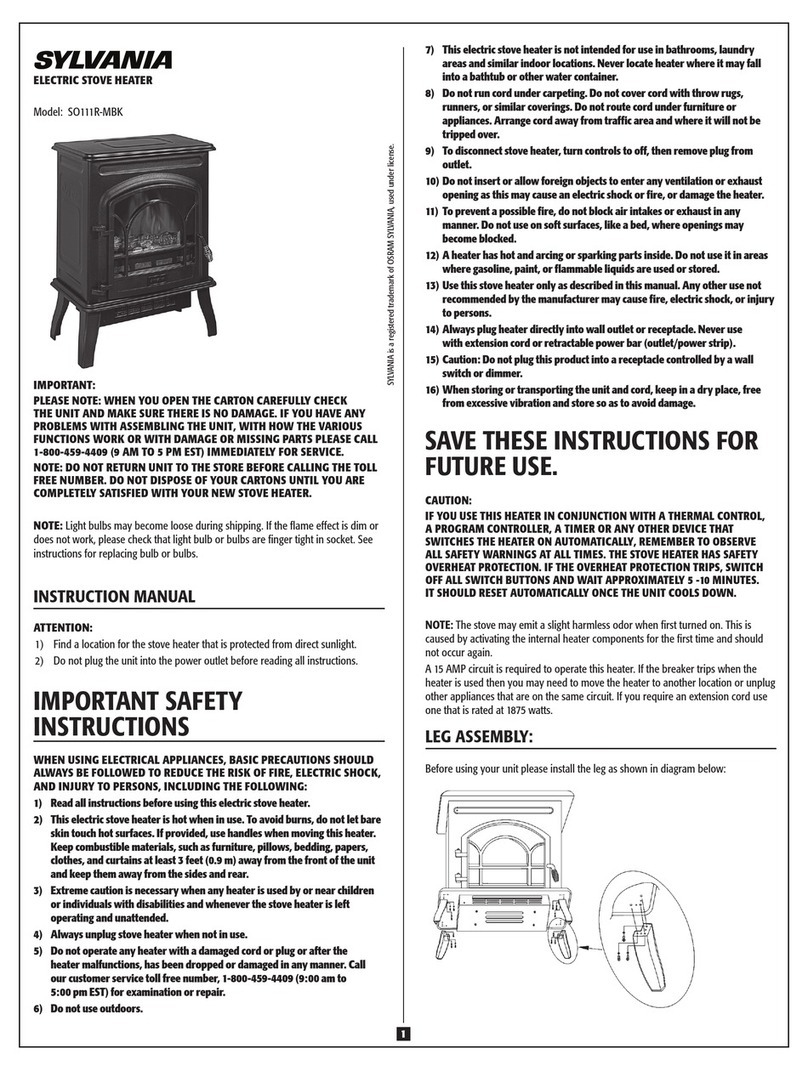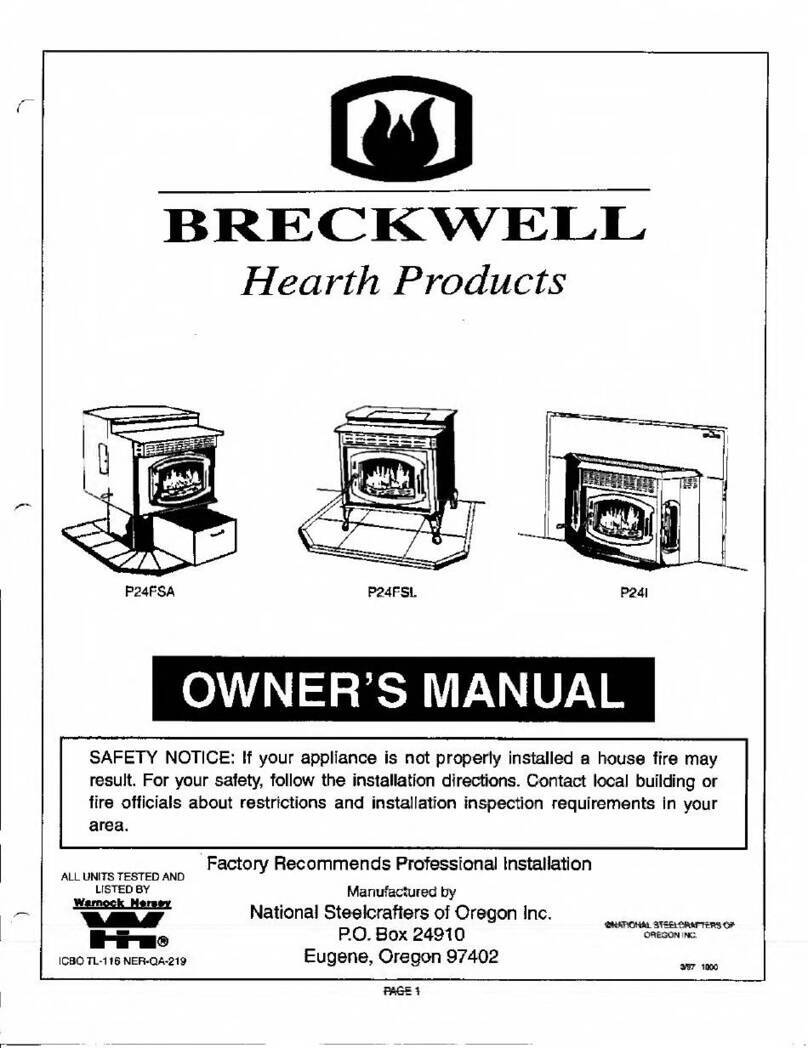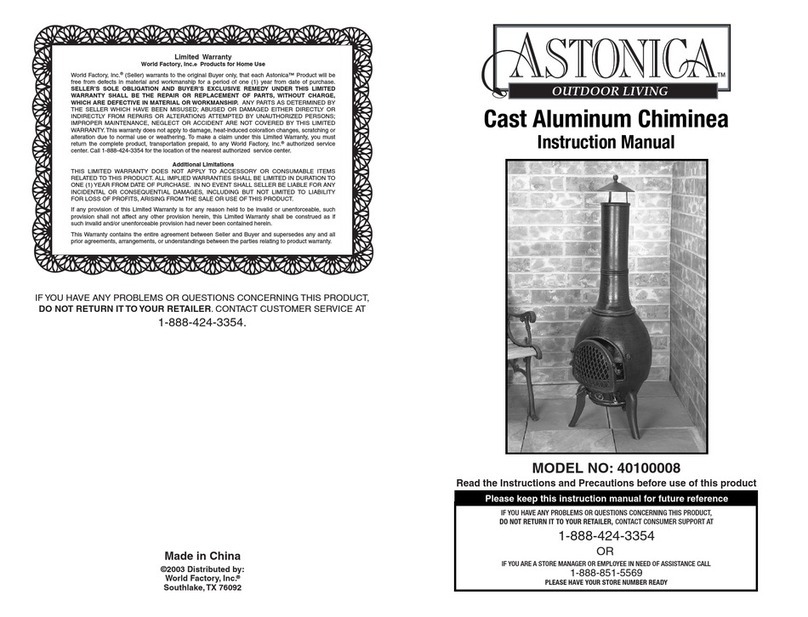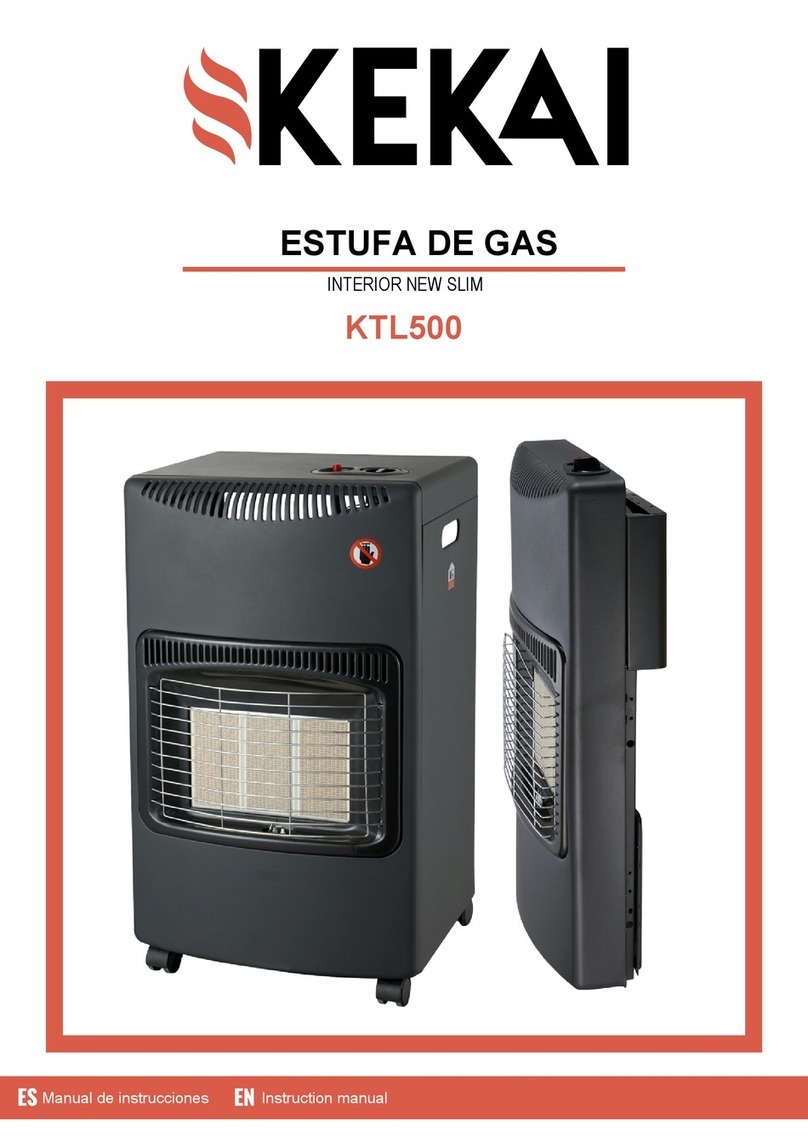
Querido usuario,
Ha tomado la decisión acertada de comprar un calefactor de gabinete de GLP con seguridad total.
¡Felicidades! Su calefactor está diseñado para prestarle servicio durante muchos años.
Para disfrutar de un uso ininterrumpido, sin problemas y seguro del calefactor, lea atentamente las
instrucciones proporcionadas con esta guía del usuario y téngala a mano para futuras consultas.
Si hay algo de lo que no está seguro, póngase en contacto con su distribuidor para que le preste
asistencia.
Guarde este folleto en un lugar seguro para que pueda consultarlo cuando lo necesite.
●Después de retirar el embalaje, asegúrese de que el aparato esté en buenas condiciones. Si
tiene dudas, no utilice el aparato y diríjase a su distribuidor.
●Los materiales de embalaje contienen plástico, tornillos, etc. Esto podría suponer en peligro,
por lo que no debe dejarse al alcance de los niños. Este aparato es un calefactor de GLP
(gas licuado del petróleo) y no debe funcionar continuamente (como máximo 2 horas). Este
aparato debe instalarse de acuerdo con las normas vigentes en el país de destino.
●Este aparato lo debe instalar una persona competente.
●Este calefactor debe instalarse en una estancia ventilada para que funcione correctamente ya
que, de lo contrario, tendrá lugar una mala combustión.
●Úselo solo en un área ventilada.
●La estancia donde se instale el aparato debe tener suficiente circulación de aire para
proporcionar una ventilación y combustión adecuadas. Debe haber una ventilación de al
menos 100 cm² para renovar el aire.
●Este aparato debe usarse exclusivamente para calentar áreas habitables.
●Este aparato no debe utilizarse en sótanos, subterráneos; o en vehículos recreativos como
caravanas y autocaravanas.
●No instale el aparato en apartamentos de edificios de torre, sótanos, baños o en habitaciones
cerradas.
●No coloque objetos inflamables (telas, cortinas, etc.) sobre o contra el aparato.
●No almacene productos químicos o materiales inflamables o aerosoles cerca de esta unidad.
●No utilice este aparato en un área inflamable, como en áreas donde se almacenan gasolina u
otros líquidos o vapores inflamables.
●La calefacción no debe ser con productos explosivos (al menos a 2 metros de distancia).
●El aparato debe estar a 1 m de las paredes.
●El aparato requiere una manguera de GLP válida (etiqueta en la manguera) y un regulador de
butano adecuado para el tipo de gas. Si no se suministran accesorios con la unidad, consulte
a su proveedor de gas local.
●Se recomienda no utilizar el aparato en habitaciones con un volumen inferior a 15 m3o de 7 a
8 m2de superficie.
●Coloque el calefactor auxiliar de modo que el calor se dirija hacia el centro de la habitación.
La parte delantera (radiación) del aparato debe estar al menos a 2 metros de las cortinas,
sofás, muebles u otros objetos que puedan encenderse.
●Coloque la bombona de gas (GLP) en el compartimento suministrado, preste atención a la
manguera: no debe estar torcida, aplastada o ni en contacto con un elemento caliente.
●No utilice el aparato si el cilindro de gas no está colocado en su compartimiento.
●No retire ninguna pieza del calefactor.
●No cubra la unidad.
●No mueva el dispositivo mientras está en funcionamiento.
●Nunca deje el aparato desatendido.
●La rejilla protectora de este aparato está diseñada para evitar el riesgo de incendio o lesiones
por quemaduras; ninguna pieza debe desmontarse de forma permanente.
ESPAÑOL - Manual de instrucciones

